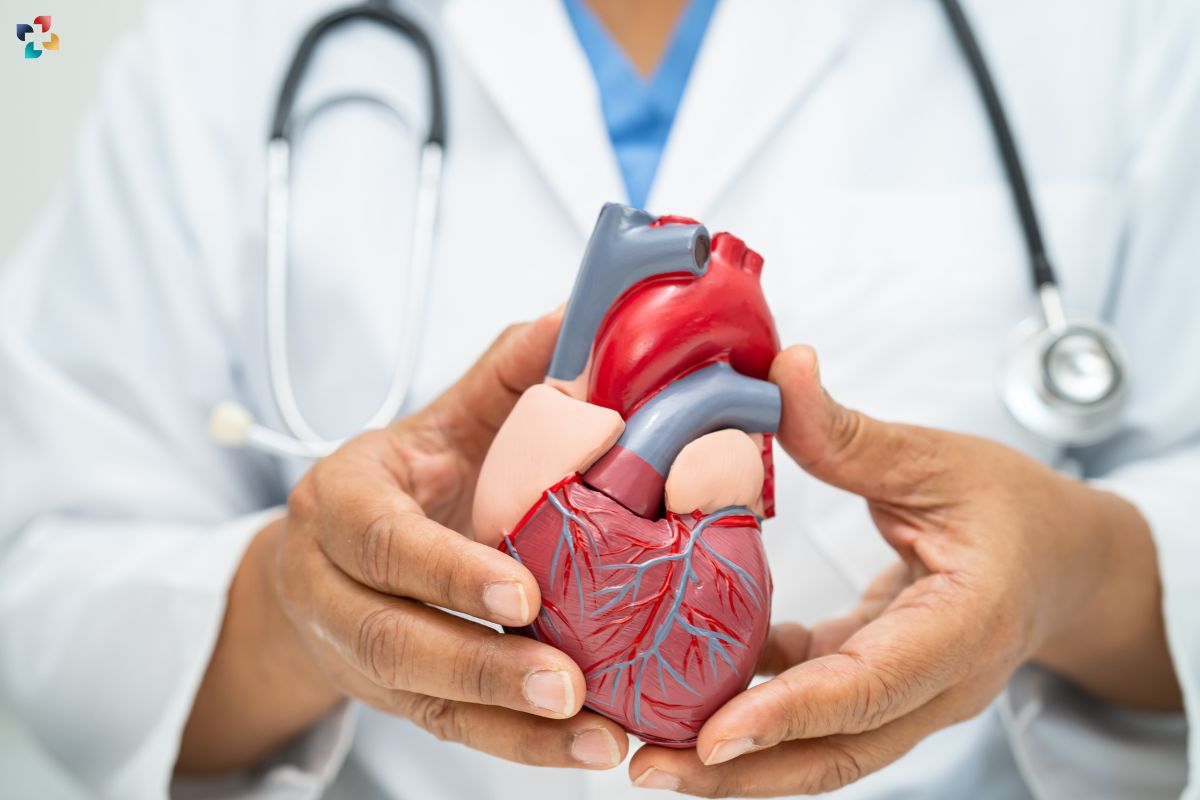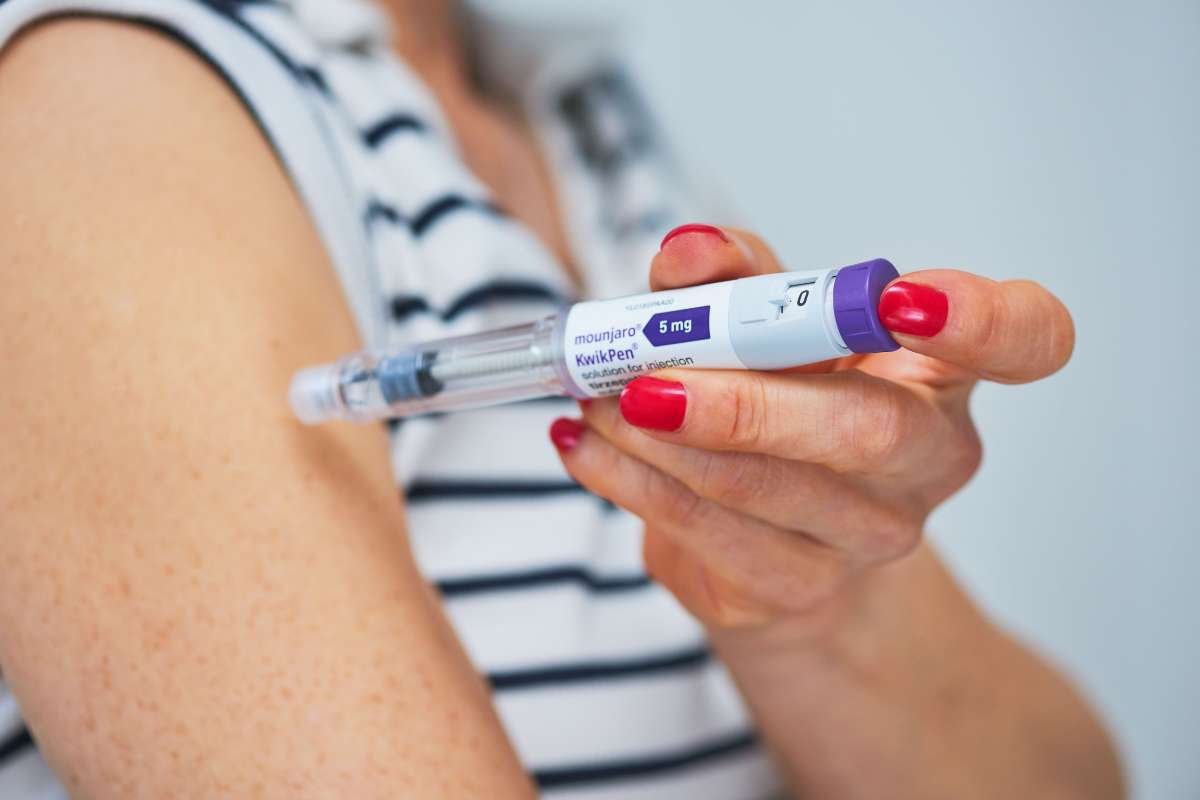Cardiovascular diseases (CVDs) remain a leading cause of morbidity and mortality worldwide, highlighting the critical need for innovative medical devices to diagnose, treat, and manage these conditions effectively. In recent years, significant strides have been made in the field of cardiology, with the development of advanced medical devices for cardiovascular health that offer improved outcomes and enhanced patient care. In this article, we explore some of the most innovative devices for cardiovascular health, including stents and pacemakers with advanced functionalities, minimally invasive heart valves for implantation, and wearable devices for heart rhythm monitoring.
Stents and Pacemakers: Advancing Functionality and Performance:
Stents and pacemakers are cornerstone medical devices for cardiovascular health, providing essential support and intervention for patients with coronary artery disease (CAD) and arrhythmias, respectively. Recent innovations in stent and pacemaker technology have focused on enhancing functionality, durability, and patient outcomes.
Advanced drug-eluting stents (DES) represent a significant breakthrough in the treatment of CAD, offering targeted drug delivery to inhibit neointimal hyperplasia and reduce the risk of restenosis. These stents are coated with anti-proliferative drugs that inhibit the growth of smooth muscle cells, thereby preventing the recurrence of arterial blockages. Furthermore, the latest generation of DES features biodegradable polymers that gradually dissolve over time, reducing the risk of long-term complications such as stent thrombosis and endothelial dysfunction.
In addition to drug-eluting stents, there has been a growing focus on the development of bioresorbable scaffolds (BRS) for coronary revascularization. Unlike traditional metallic stents, BRS is composed of biocompatible materials that gradually degrade and are absorbed by the body over time. This allows for the restoration of vascular physiology and eliminates the long-term presence of a foreign body, reducing the risk of late stent thrombosis and facilitating vessel healing and remodeling.
Similarly, advancements in pacemaker technology have led to the development of devices for cardiovascular health with advanced functionalities and improved performance. Modern pacemakers are equipped with sophisticated algorithms for rate-adaptive pacing, atrial fibrillation detection, and remote monitoring capabilities. These features enable personalized therapy delivery, early detection of arrhythmias, and timely intervention, thereby optimizing patient outcomes and enhancing quality of life.
Minimally Invasive Heart Valves: Transforming Treatment Paradigms:
The advent of minimally invasive heart valves has revolutionized the management of valvular heart disease, offering patients less invasive treatment options with reduced recovery times and improved outcomes. Transcatheter aortic valve replacement (TAVR) and mitral valve repair/replacement procedures have emerged as viable alternatives to traditional open-heart surgery, particularly for high-risk and elderly patients.
TAVR involves the percutaneous implantation of a bioprosthetic valve within the native aortic valve, typically via a femoral or transapical approach. This minimally invasive procedure obviates the need for sternotomy and cardiopulmonary bypass, reducing the risk of perioperative complications such as bleeding, infection, and prolonged hospitalization. Furthermore, TAVR has been shown to yield comparable outcomes to surgical aortic valve replacement in terms of mortality, stroke, and quality of life, making it a preferred option for select patient populations.
Similarly, transcatheter mitral valve repair techniques, such as the MitraClip system, offer a less invasive alternative to surgical mitral valve repair or replacement. The MitraClip device is delivered via a transcatheter approach and secures the mitral valve leaflets together, reducing mitral regurgitation and improving symptoms in patients with functional or degenerative mitral valve disease. This minimally invasive procedure is associated with shorter hospital stays, faster recovery times, and comparable efficacy to surgical intervention, making it an attractive option for high-risk surgical candidates.

Wearable Devices for Heart Rhythm Monitoring: Empowering Patients and Clinicians:
Wearable devices for heart rhythm monitoring have emerged as valuable tools for the detection and management of cardiac arrhythmias, providing continuous, non-invasive monitoring outside of traditional healthcare settings. These devices for cardiovascular health offer patients greater convenience, autonomy, and peace of mind while enabling clinicians to capture clinically relevant data for diagnosis and treatment optimization.
Wearable electrocardiogram (ECG) monitors, such as smartwatches and patch-based sensors, allow individuals to track their heart rhythm and detect irregularities in real time. These devices can provide alerts for atrial fibrillation, bradycardia, or tachycardia, enabling early detection of arrhythmias and timely intervention. Moreover, some wearable ECG monitors feature built-in algorithms for rhythm analysis and automatic event detection, facilitating remote monitoring and communication with healthcare providers.
In addition to ECG monitors, wearable devices for heart rate variability (HRV) analysis and photoplethysmography (PPG) sensors offer insights into autonomic nervous system function and hemodynamic parameters, respectively. These physiological markers can provide valuable information about cardiac health, stress levels, and overall well-being, empowering individuals to make informed lifestyle choices and seek medical attention when necessary.
Ethical and Regulatory Considerations:
While the advancements in medical devices for cardiovascular health offer tremendous benefits to patients and clinicians, they also raise ethical and regulatory considerations that must be addressed. Ensuring patient safety, privacy, and informed consent is paramount, particularly in the context of emerging technologies such as TAVR and wearable devices.
Furthermore, the regulation of medical devices requires rigorous oversight to ensure that devices are safe, effective, and ethically sound. Regulatory agencies such as the Food and Drug Administration (FDA) play a critical role in evaluating the safety and efficacy of medical devices through premarket approval processes, post-market surveillance, and ongoing monitoring of adverse events.
In addition to regulatory oversight, ethical considerations surrounding the use of medical devices in vulnerable populations and resource-limited settings must be carefully addressed. Equity in access to innovative technologies is essential to ensure that all patients, regardless of socioeconomic status or geographic location, can benefit from advancements in devices for cardiovascular health. Moreover, healthcare providers must navigate ethical dilemmas related to patient autonomy, beneficence, and justice when recommending and implementing medical device interventions.
Patient Education and Empowerment:
In tandem with technological advancements, there is a growing emphasis on patient education and empowerment in the field of cardiovascular health. As medical devices for cardiovascular health become more integrated into routine clinical practice, it is essential to educate patients about the purpose, function, and potential risks and benefits of these devices.
Patient education programs can help individuals make informed decisions about their treatment options, participate actively in their care, and adhere to recommended therapies. This includes providing clear and accessible information about the indications for device implantation, the procedural steps involved, and the expected outcomes and potential complications.
Moreover, patient engagement strategies, such as shared decision-making and patient-centered communication, can empower individuals to express their preferences, values, and goals of care. Clinicians can work collaboratively with patients to develop personalized treatment plans that align with their preferences and priorities, fostering a sense of ownership and agency in the healthcare decision-making process.
Furthermore, digital health tools and mobile applications can serve as valuable resources for patient education and self-management. These platforms can provide educational materials, symptom-tracking tools, and reminders for medication adherence, helping patients stay informed and engaged in their cardiovascular care.
Future Directions and Emerging Technologies:
Looking ahead, the field of cardiovascular medicine is poised for continued innovation and advancement, driven by emerging technologies and interdisciplinary collaboration. Key areas of focus for future research and development include:
1. Bioresorbable scaffolds and tissue-engineered heart valves:
The development of biocompatible and biodegradable materials for coronary stents and heart valve replacements holds promise for enhancing long-term outcomes and reducing the need for lifelong anticoagulation therapy.
2. Wearable biosensors and artificial intelligence:
Integration of wearable devices with AI algorithms for real-time monitoring and predictive analytics has the potential to revolutionize remote patient monitoring and early detection of cardiovascular events, enabling proactive interventions and personalized care.
3. Nanotechnology and targeted drug delivery:
Nanoparticle-based drug delivery systems offer precise targeting of therapeutic agents to diseased tissues, minimizing off-target effects and enhancing therapeutic efficacy in cardiovascular diseases such as atherosclerosis and heart failure.
4. Telemedicine and virtual care:
The expansion of telehealth services and virtual care platforms facilitates remote consultations, monitoring, and follow-up care for patients with cardiovascular conditions, improving access to specialized care and reducing barriers to healthcare delivery.
Conclusion:
In conclusion, the field of cardiology is witnessing a transformative shift driven by innovative medical devices for cardiovascular health that offer enhanced functionality, improved outcomes, and greater patient satisfaction. From advanced stents and pacemakers with sophisticated functionalities to minimally invasive heart valves for implantation and wearable devices for heart rhythm monitoring, these technologies are revolutionizing the diagnosis, treatment, and management of cardiovascular diseases. However, it is essential to address ethical, regulatory, and implementation challenges to ensure that these advancements translate into tangible benefits for patients while upholding principles of safety, equity, and patient-centered care.







